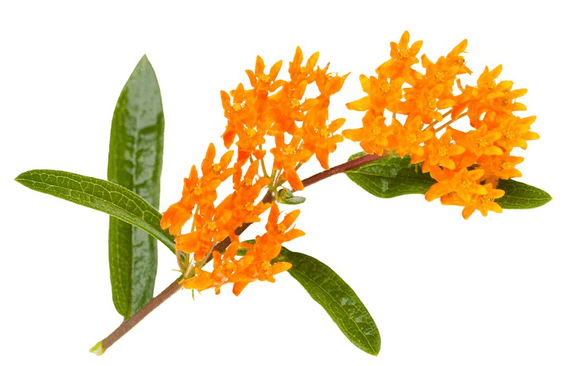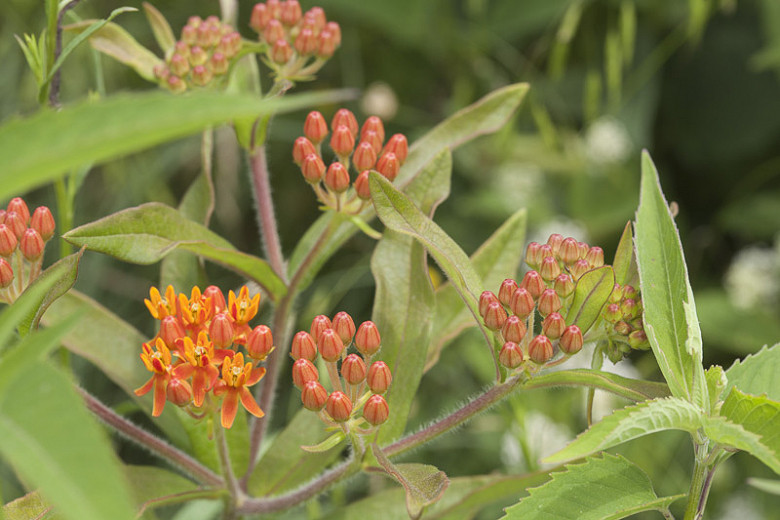How To Get Rid Of Milk Weeds In Days Or Less
Milkweeds are a common garden weed that can be difficult to get rid of. They have a deep root system that makes them difficult to pull, and they can re-sprout from even the smallest piece of root. However, there are a few methods that can be used to get rid of milkweeds in 7 days or less.
Method 1: Pulling
The most effective way to get rid of milkweeds is to pull them out by the roots. This can be done by grasping the stem near the base and pulling upward with steady pressure. Use a hand trowel to loosen the soil around the stem to help it pull free. Be sure to pull up as much of the root system as possible, as any remaining roots will allow the milkweed to regrow.
Method 2: Mowing
If the milkweeds are small, you can mow them down. This will not kill the milkweeds, but it will weaken them and make them easier to pull. Mow the milkweeds twice a week for 2 weeks, and then pull them out by the roots.
Method 3: Herbicides
There are a number of herbicides that can be used to kill milkweeds. Be sure to choose a herbicide that is labeled for use on milkweeds. Apply the herbicide according to the label directions, and be sure to wear protective clothing when applying the herbicide.
Method 4: Solarization
Solarization is a method of killing weeds by exposing them to sunlight. To solarize milkweeds, cover the area where the milkweeds are growing with clear plastic sheeting. The plastic sheeting should be held down with rocks or bricks to prevent it from blowing away. Leave the plastic sheeting in place for 6-8 weeks, and the milkweeds will be killed.
Which Method is Right for You?
The best method for getting rid of milkweeds will depend on the size of the infestation and the amount of time you have. If you have a small number of milkweeds, you can pull them out by the roots. If you have a larger infestation, you may need to use a combination of methods.
Conclusion
Getting rid of milkweeds can be a challenge, but it is possible to do it in 7 days or less. By following one of the methods described above, you can get rid of milkweeds and keep your garden looking its best.
If you are interested in learning more about milkweeds, I encourage you to visit the website Home Gardening. This website has a wealth of information about milkweeds, including their identification, cultivation, and uses.
Image of milk weeds
10 different images of milkweeds that are free to use:
- Common milkweed (Asclepias syriaca) is a tall, leafy plant with white or pink flowers. It is the most common type of milkweed in North America and is a host plant for monarch butterflies.

- Swamp milkweed (Asclepias incarnata) is a shorter, more delicate plant with pink or white flowers. It is found in moist areas, such as swamps and meadows.
- Butterfly milkweed (Asclepias tuberosa) is a small, bushy plant with yellow flowers. It is a favorite of monarch butterflies and is also a good choice for gardens.

- Four-wing milkweed (Asclepias quadrangularis) is a tall, slender plant with white flowers. It is found in prairies and open woodlands.

- Showy milkweed (Asclepias speciosa) is a large, showy plant with pink or white flowers. It is found in meadows and prairies.
- Lanceolate milkweed (Asclepias lanceolata) is a small, lance-shaped plant with white flowers. It is found in dry, sandy areas.

- Texas milkweed (Asclepias texana) is a tall, slender plant with pink or white flowers. It is found in the southwestern United States.

- Mexican milkweed (Asclepias curassavica) is a large, showy plant with orange flowers. It is native to Mexico and Central America, but it is also naturalized in some parts of the United States.

- Horsetail milkweed (Asclepias fascicularis) is a tall, slender plant with white flowers. It is found in dry, open areas.

- Downy milkweed (Asclepias asperula) is a small, downy plant with white flowers. It is found in meadows and prairies.

Post a Comment for "How To Get Rid Of Milk Weeds In Days Or Less"